There can be your advertisement
300x150
How to Properly Light the Exterior of Your House
You may want to attract real estate buyers, increase your home's market value, or simply leave a good impression on guests and passersby. Regardless of your goals for improving your home's appearance, one effective way is to use lighting. After all, facade lighting can play a big role. While it makes sense to invest in functionality and practicality, you shouldn't give up on aesthetic elements that highlight your home's overall look.
Moreover, outdoor lighting not only makes your house beautiful but also enhances the safety of your family and property. Once the lights turn on, thieves and suspicious individuals will stay away from your front yard because they'll be scared by the bright atmosphere. The key is to create an outdoor lighting design that aligns with your goals and budget. Let experts like Oregon Outdoor Lighting transform your house into a beautiful and cozy haven for all family members.
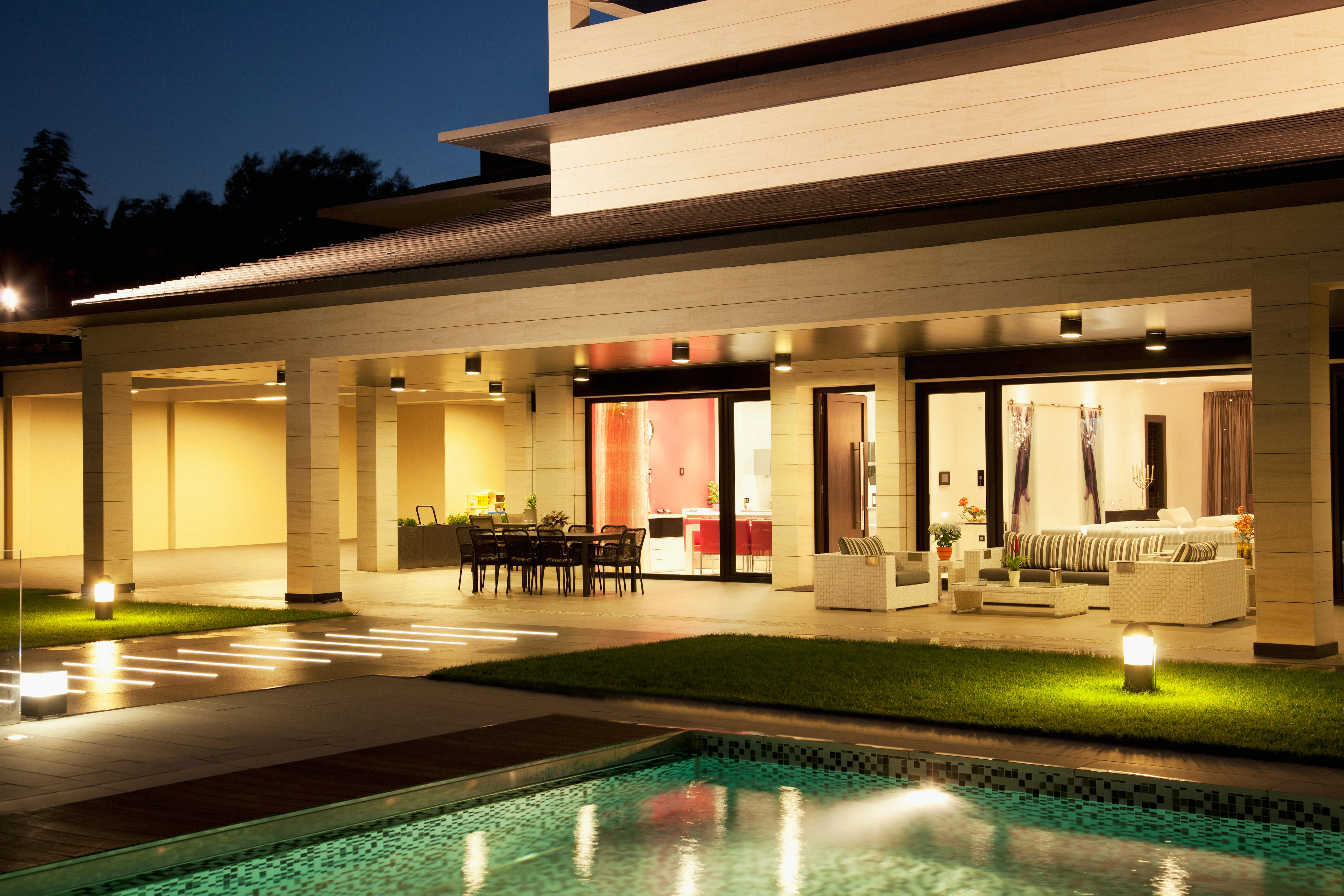
Here are several ways to properly light the exterior of your house:
1. Determine Where to Light
Once you decide to invest in outdoor lighting, the purpose of light should be your priority. This means identifying which areas, angles, and surfaces to illuminate. Often, this includes front doors, walkways, and steps. However, if these areas are exposed to weather conditions, it's essential to invest in waterproof fixtures that can withstand all four seasons.
Identify suitable spots for bright lighting if you want to deter burglars. With modern technology, you have many lighting options. For example, you can use LED bulbs and control them with a remote. Motion-sensor lights installed outdoors can also be used depending on size and distance.
When it comes to outdoor lighting, location is crucial. Evaluate your garage, fences, walls, and other front yard elements to see if they need additional lighting. Adding motion-sensor lights is a great idea, as they only turn on when movement is detected. You won't have to worry about light pollution or high electricity bills.
2. Plan Ahead
Another important tip is to plan ahead and consider your home's exterior layout. Landscape lighting requires time and effort for measuring everything and developing the proper scale of illumination. But before purchasing fixtures, determine the right size and decide where to place them. It's best to create a rough draft of external elements to plan better.
Additionally, if your budget allows, you can choose an outdoor lighting kit. This could be a practical solution if you don't want to hire an electrician for rewiring and installing lighting. Simply connect the kit to a standard outdoor outlet, and your landscape will be immediately lit. Most ground lighting kits consist of several lights connected together on one cable. Check with your nearest store which lighting kits are best suited for your home's design. Review and evaluate all other lighting options before finalizing the best one.
3. Consider Layers
Layers are always effective in enhancing interior design or a home's facade. The same principle applies to front-of-house lighting. Previously, outdoor front yard lighting included street lamps at the entrance and wall lights near the door. Just like inside a room, you should also consider light layers. Within design, it's important to determine which fixtures best suit accent, decoration, purpose, and atmosphere.
For example, the main lighting task should be the primary light source outdoors for the door and entrance. You should shield the light source to direct it down the pathway surrounding the planting area. However, if you choose accent lighting, place it in other spots like house plants, trees, and architectural features. Accent lighting highlights shadows and reveals the beautiful background of external details or sculptures. Additionally, you can use distributed lighting on the facade to emphasize the building material.
For decorative lighting, options are usually placed on walls, surfaces, and other areas that add more shine to your overall exterior appearance. They serve as additional accessories and decorations, enhancing the entire outdoor lighting setup. It's often considered that taller lamps provide more light in decorative fixtures, but it's not always the case. In fact, high wattage can cause glare and light pollution. Choose lamps with 20 to 40 watts for a soft outdoor lighting effect. Don't overload your yard, as it can increase electricity costs and bills.
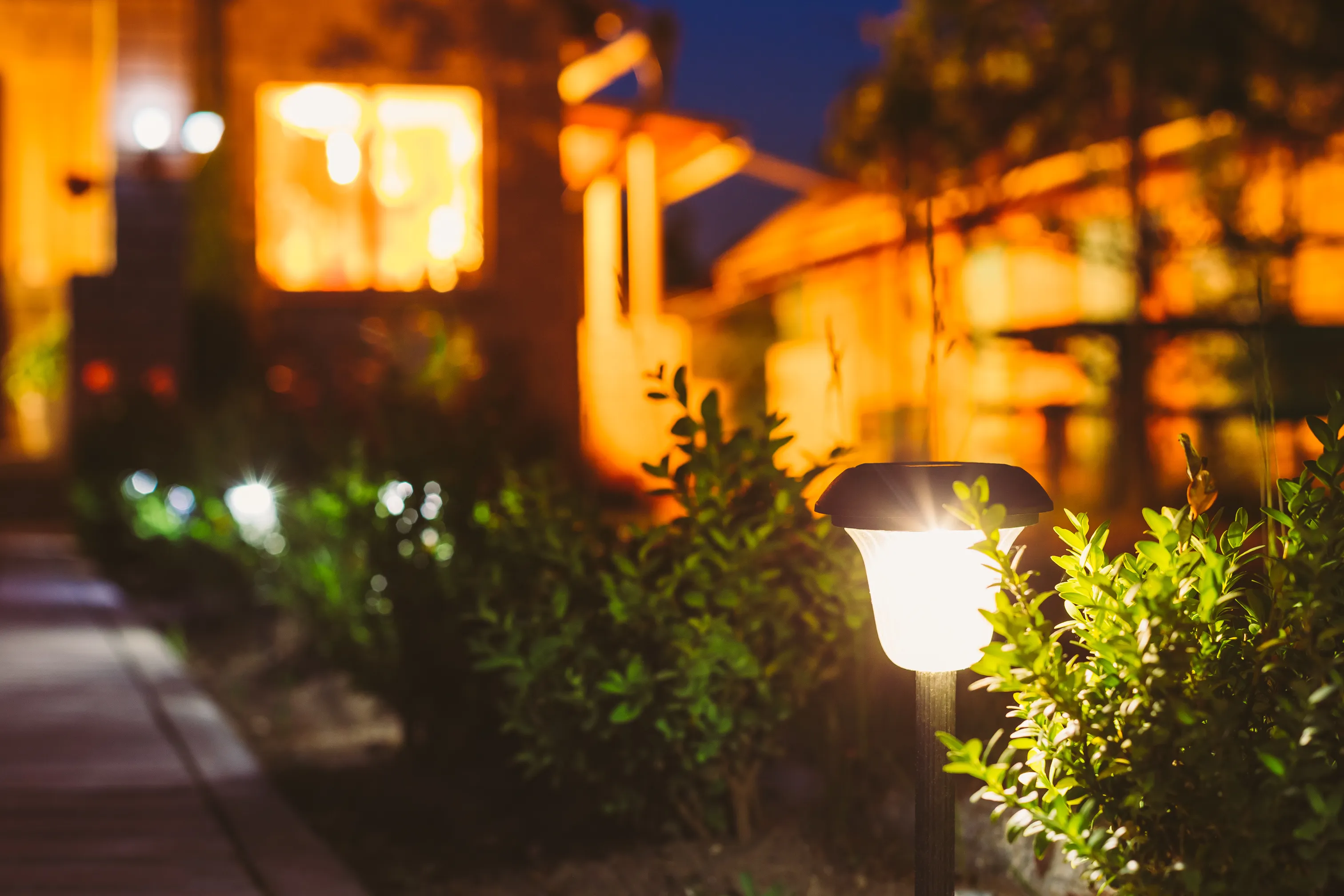
4. Light the Deck
There are many beautiful deck design ideas that can be made more enjoyable with lighting. So, when designing your outdoor lighting plan, don't forget to light the deck as well. It's a lovely place in your home where you can entertain guests and spend time with family during warm evenings. Let the deck lighting provide that brightness and comfort you want for a pleasant outdoor evening.
If your home is in a warmer region, you can choose a ceiling fan with light that serves both functions: lighting and cooling the deck space. Proper lighting makes all the difference. It's no longer just a safety feature; it's also a decorative element. Find the best design and style for deck lighting.
5. Look at the House from Inside
You can use this tip to better choose where and what lighting to install. Sometimes viewing the deck, garden, and pathways from inside your home can help you make a better choice. See how the deck, garden, and walkways look from inside your house.
Outdoor lighting at night from the living room or dining area can be further enhanced with accent lights on trees, shrubs, and plants. Moreover, when you check the lighting from inside, it can also provide a good view. Thus, your guests will appreciate the outdoor lighting even when they're inside.
6. Evaluate LED Bulbs
LEDs don't have filaments that can burn out or fail, so they last much longer than halogen bulbs. They are known to be more eco-friendly and durable. LEDs also produce fewer watts but provide bright lighting. Installation is simple thanks to smaller transformers and cables, and operation and maintenance are cheaper. Over time, their costs are much lower than halogen ones.
However, before investing in energy-efficient LEDs, you should know they cost more than regular lighting. The initial investment is higher, but the return is also high, so they should offer better value for your money. If you feel that a white LED bulb is too bright for outdoor lighting, you can find warmer options on the market. They offer sufficient brightness and color temperature to give your yard a soft, warm tone you're aiming for.
7. Use Soft Lighting
Too much lighting on the exterior of your house can be overwhelming. Instead of enhancing the home's facade, excessive lighting can do more harm than good. To avoid over-lighting, use a softer or warmer color temperature and keep the lighting design minimal by adding light only to highlight elements you want to accent. Distributed lighting also works well. Since the moon provides some light, your outdoor area won't be as dark as you expect, so warm tones will make a great addition.
Additionally, you can create a calm atmosphere with wall lights, lanterns, pendant lights, string lights, or ceiling fans with lighting that create soft light. Some fixtures have dimmer controls so you can adjust them accordingly. Excessive lighting can cause unwanted light pollution if too much is used or incorrectly installed, casting glare, dimming the stars, blinding people briefly, and wasting energy and money.
Therefore, use outdoor lighting in a practical way. Place them where appropriate. To direct light where you want it, use fixtures with reflectors and shades. Choose lower wattage as brighter bulbs don't improve aesthetics or safety. A low-watt bulb is often sufficient for lighting.
8. Create a Consistent Theme for Outdoor Lighting
Most homeowners prefer the warm glow of warm light over cold white light on exterior surfaces. No matter your home's design or theme, this lighting style is always a good choice.
To achieve this intimate atmosphere, it's best to use warm LEDs with low color temperature. It's even more important to create a consistent feeling and language for outdoor lighting. No matter where you add these fixtures, ensure they complement each other and create a cohesive look for your home's exterior.
Conclusion
Lighting on the exterior of your house is just as important as interior lighting. When done correctly, outdoor lighting can further highlight the beauty of your property.
Planning where to place light fixtures can significantly impact your property's appearance. You should also choose appropriate lighting and opt for soft, warm glow. Make sure you select the right lighting for your home's exterior.
More articles:
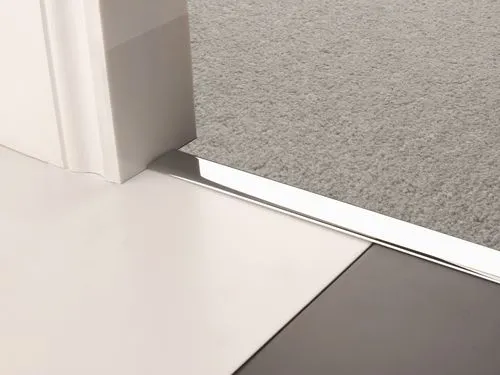 How to Install a Threshold Barrier?
How to Install a Threshold Barrier? How to Add an Aquarium to Home Renovation
How to Add an Aquarium to Home Renovation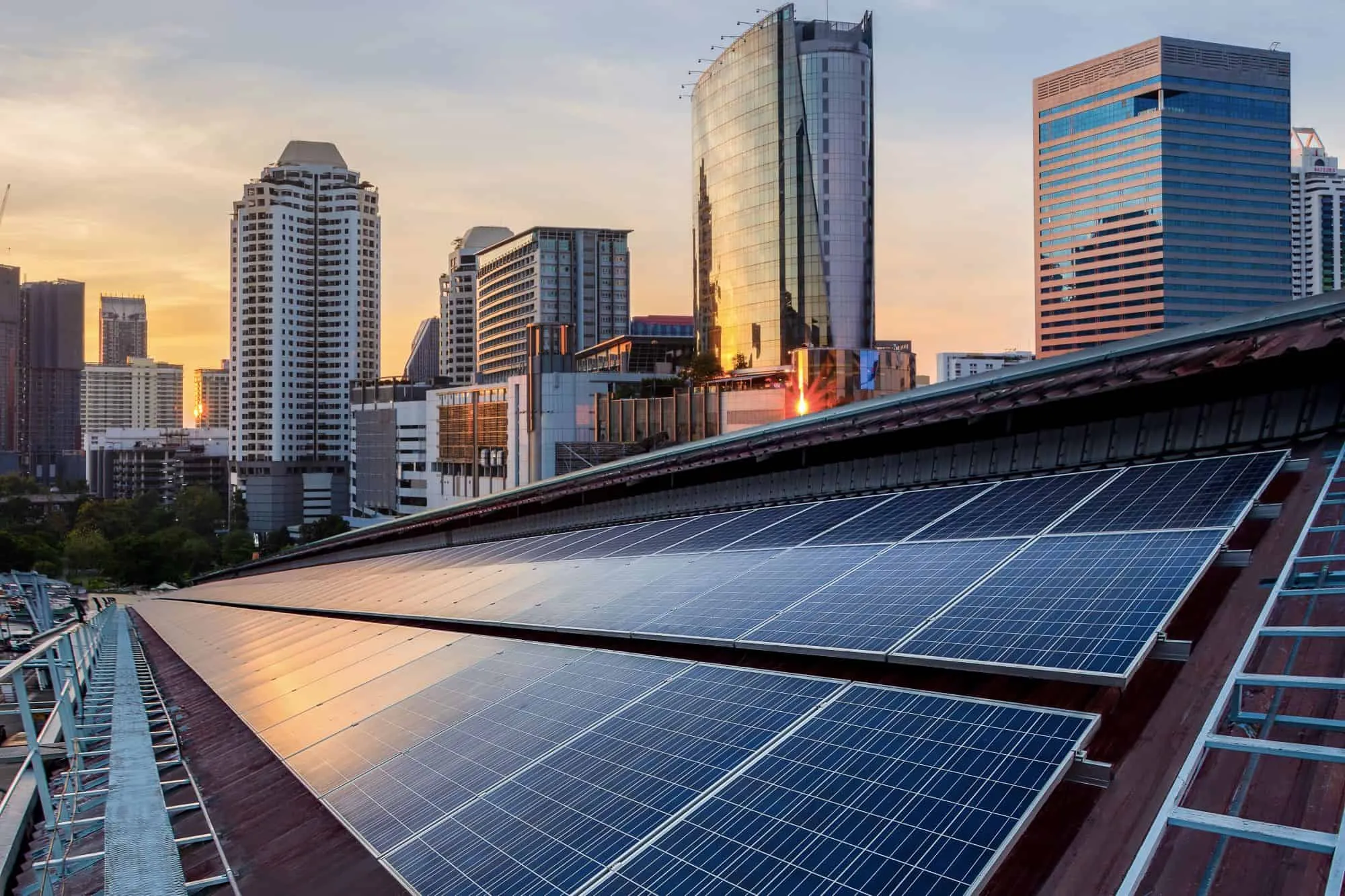 How to Integrate Solar Panels into Building Design
How to Integrate Solar Panels into Building Design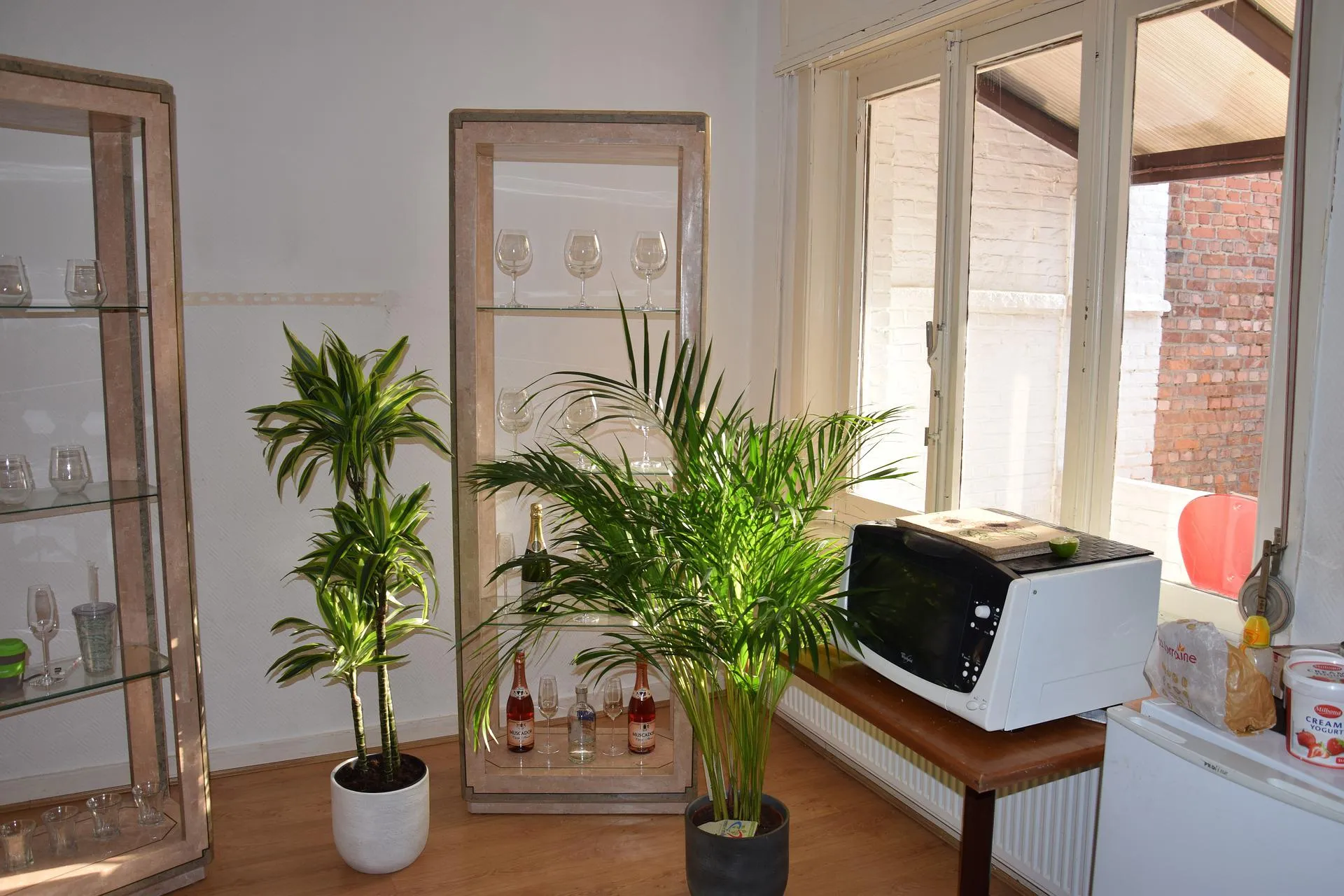 How to Integrate Biophilic Interior Design
How to Integrate Biophilic Interior Design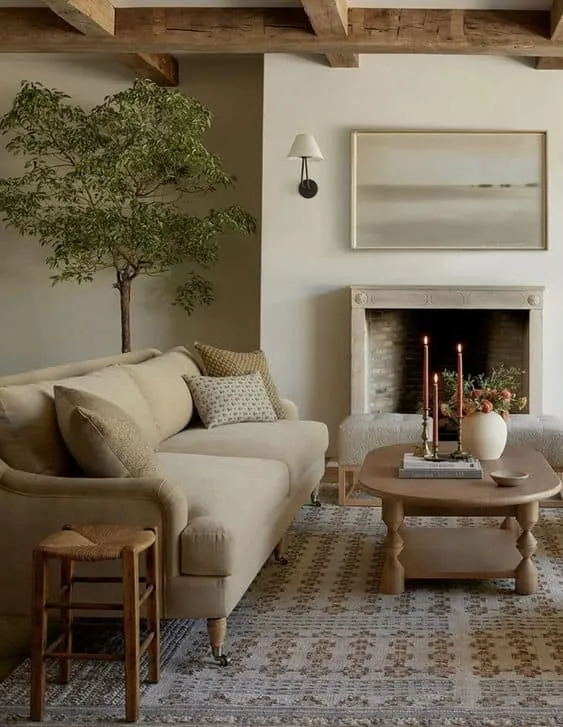 How to Add Earth Tones to Your Home
How to Add Earth Tones to Your Home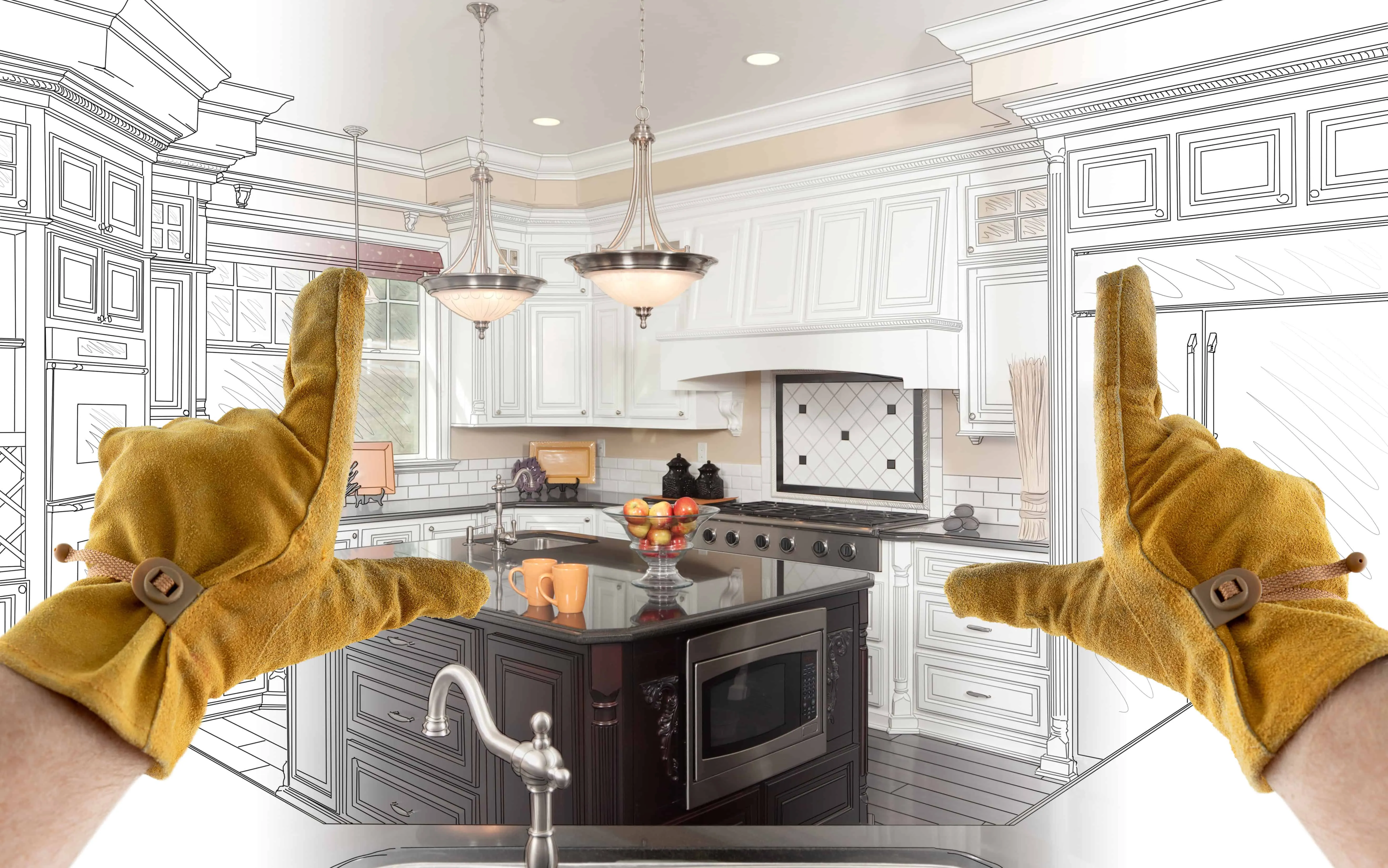 How to Add Color to Your Kitchen Renovation Plan
How to Add Color to Your Kitchen Renovation Plan How to Combine Old and New Elements in Interior Design
How to Combine Old and New Elements in Interior Design How to Implement Sustainable Practices in Architectural Projects
How to Implement Sustainable Practices in Architectural Projects